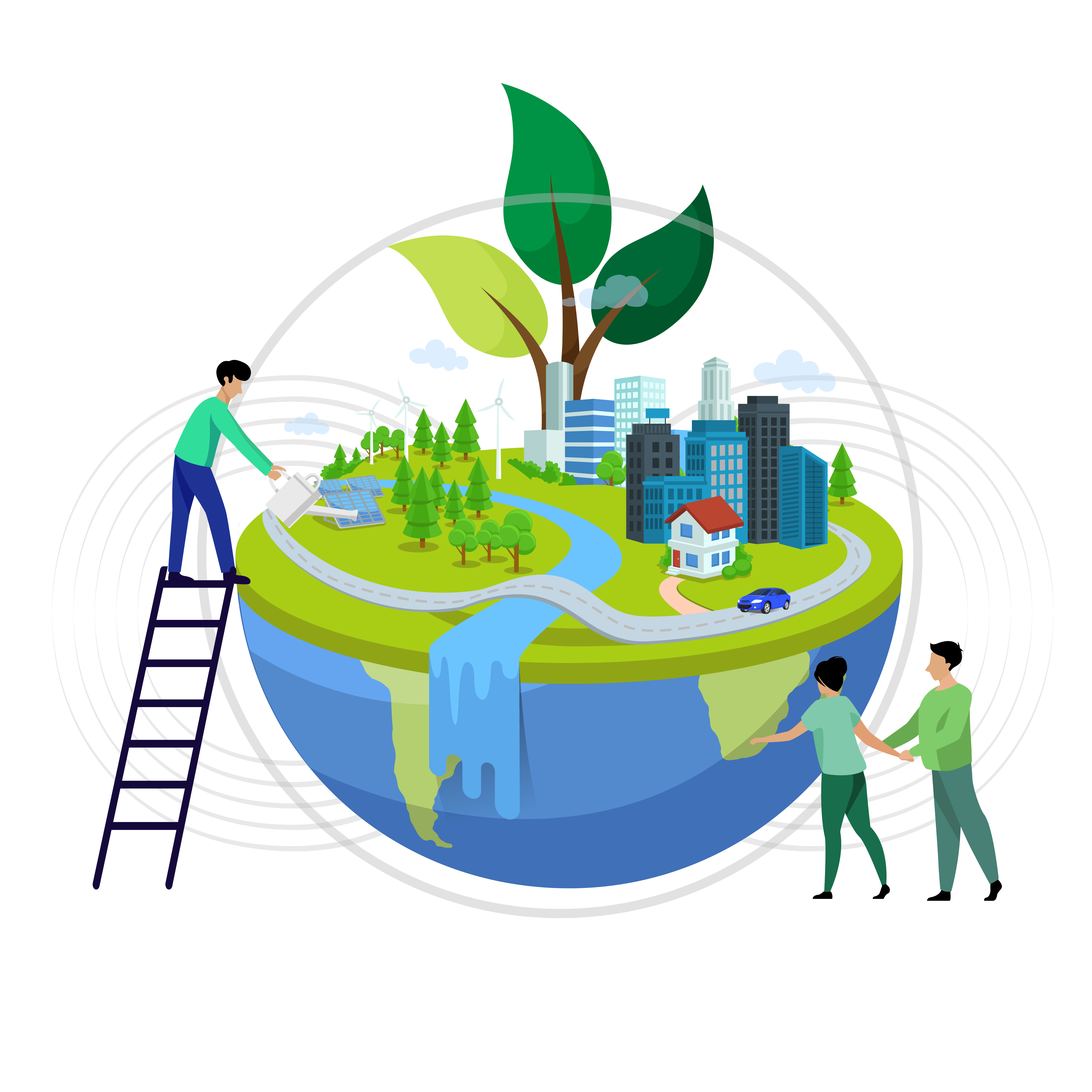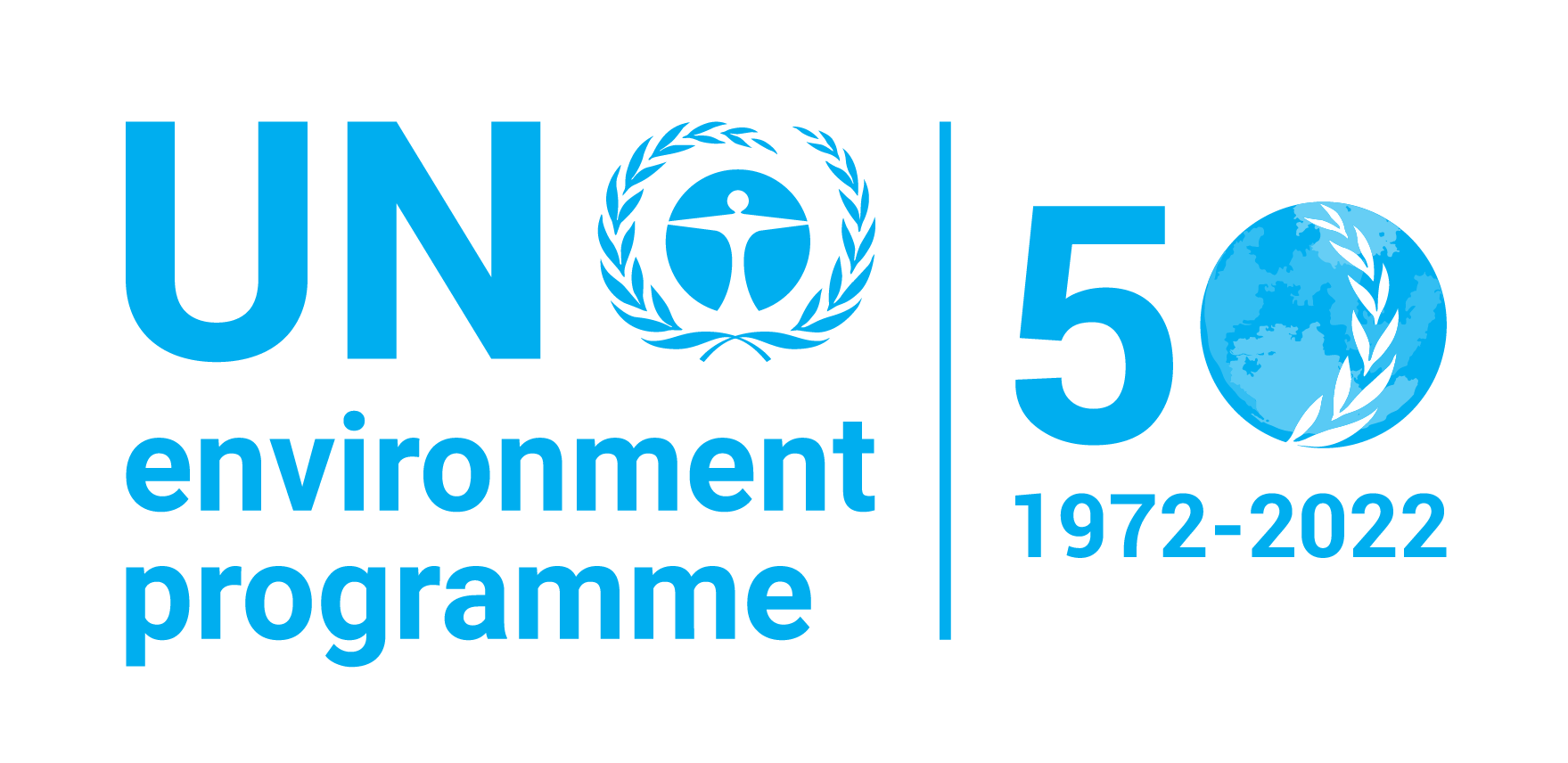Contextualizing the Circular Economy for Action
Contextualizing the Circular Economy for Action
In the current way of production and consumption, almost all industries and consumers are utilizing a linear economic
system where there is an extraction of resources; things are manufactured, distributed, consumed, disposed of, and then
depleted. Thus, the destruction of natural resources is the natural end of the process. This model has led to an enormous
amount of resources destruction and waste creation. The circular economy model brings hope to saving our planet and developing
a more sustainable life, environment, and cities. The circular economy model applied to the development of cities and urban planning
is helping Asia to reduce waste and build a sustainable living.

Webinar on Contextualizing the Circular Economy for Action
For so long we all may have heard something about Circular Economy from somewhere that it is the way for us to have long live.
Sustainable consumption, Green building, or 3R which is recycle, reuse, and reduce might be something you are also familiar with
but never get deep understand into them. Many people would have thought that this topic is something in the scientific paper or some
particular headline for an academician. But the fact is that Circular Economy is not just an academic concept; it can be applied to various economic sectors, and this webinar here will prove you why. We will guide you into deeper understanding of Circular Economy concept to see how powerful this knowledge is. Its dimensions, patterns, and many more aspects are elaborated including the key issues of Circular Economy that are presented via cases studies through different kinds of sector such as housing sector, urban heritage sector, and garment industries so that you will learn how those case studies overcome their issue using circular economy as the base tool. We hope you will be excited for this chapter of webinar and can at least earn a few perspectives that could change something in your life.
Circular Economy for Action
Available Modules
Circular Economy System, High End Real Estate Housing, Dhaka, Bangladesh | Narunnahar Milli
This presentation attempts to signify high-end real estate sector housing in Dhaka. In Dhaka housing is a most phenomenon.
Its demand and supply philosophy is vital. High-end housing symbolizes habitable space with both high cost and high social status.
These are very high valued land in delineated area for high income persons or associated with significant social, political, bureaucratic
functions. That certainly establishes specified competitive lands and apartments. Within Dhaka city, RAJUK has specified limited lands in
Baridhara and north Gulshan. These plots are allotted to nationally important personalities, bureaucrats and diplomats with RAJUK’s
insignificant official charges. These people with resources, socio-political powers and exposures signifies their edifices, houses
and condos as iconic show pieces. Due to scarcity of these lands, significantly high-cost condos are recent development in the area.
In most of the cases real estate developers develop these condos with inimitable designs with total or mostly imported measures.
Circular Economy in View of Local Architecture with Lifestyle | Pham Khanh Toan
As the urbanization continues to proceed at a high speed world-wide, the construction activities are carried out in every corner of the
economy, changing the spatial patterns of urban and rural areas, thus inivetabley excerting impacts to the natural settings.
The consequences are depletion of natural resources, overburdens on natural carrying capacity (through green house gas emission,
polution on air, soil and water), imbalance of the bio-system, lower quality of life of the people.
Circular economy is emerging as the rational response to the issues above, when it tries to establish a closed loop of material lifecycle,
with utmost little or none wastes, efficient use of energy, resources, thus reduces burdens to the natural environment.
Decent work as a basis for circular economy : Perspective from garment factories in the Mekong region | Prof. Kyoko Kusakabe
This presentation illustrates the decent work as important facts and ideas for the circular economy globally. The concept of circular economy beyond waste, water and energy are not only prioritized as whole abstract of the circular economy. It also delivers decent work contribution to promote circular economy
in the society such as i. garment and textile waste, ii. exploitative working condition in garment factories, iii.
promoting decent work contributes to circular economy.
Contextualizing the Circular for Action: A Few Perspectives from Asian Countries | Prof. Hari Srinivas
This presentation looks at the conceptual basis for implementing a circular economy. It looks are the definitions and convergence of existing sustainability terms and concepts within the broader umbrella of a circular economy, including, for example, 3Rs, sustainable consumption and production, and lifecycle analysis. Covering the basic principles of a circular economy, the presentation looks beyond just waste management and focusses on material efficiency as a critical element of circularity.
Operationalizing the circular economy concept requires us to look at sustainable development – consumption and production – from a cyclical
perspective. Ultimately, developing and implementing multi-stakeholder policies for a CE should help us achieve sustainability, targeting
all aspects of our everyday lifestyles.

